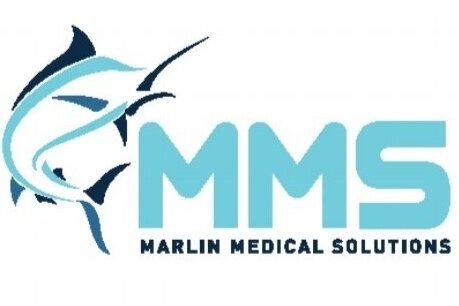5 Ways To Grow Your Independent Medical Practice
Since early 2020, independent medical practices have faced numerous challenges, from constantly evolving COVID-19 guidance and staff concerns to supply chain tightness and patients struggling with their own financial stability. Yet, according to the 2021 State of the Independent Practice report, 75% of practices said they expected to grow in 2021 and beyond. Most independent medical practices believe the future is bright and they expect to thrive—why should it be any different for your practice? To set your practice up for success, here are five things you can do today.
Invest in your patient experience
For years, the only way to make an appointment was to pick up the phone and call the office. Today, patients expect to be able to tailor communications to their own preferences and schedules. According to Notre Dame of Maryland University, every generation has a different expectation when it comes to communicating with others.
Baby Boomers (born between 1946 and 1964) generally prefer to use the phone. Gen X (born between 1965 and 1980) tend to prefer email, but are also open calling or using a website or app. Plus, as the sandwich generation, their busy lives may have them scheduling appointments outside of your office hours. Millennials (born between 1981 and 1996) prefer communicating via text or apps and actively avoid the phone. Finally, Gen Z (born after 1997) is beginning to transition into adulthood and like Millennials, prefer text and app communication, but also have an expectation of rapid response not shared by the previous generation.
In order for your business to grow, patients need to be able to make appointments in ways that are comfortable and convenient for them. Look for ways to make it easier for patients to schedule appointments via website, text, or email. Also, think about new ways to engage in patient education through newsletters or social media.
Add ancillary diagnostics and treatments
In-house ancillary services can allow you to diagnose or treat patients in a single visit to your practice, providing patients with convenience and peace of mind. Turnkey solutions are available to help you get up and running quickly, providing not only equipment, but a technician to run tests and staff training to ensure accurate coding and appropriate billing for procedures.
When considering ancillary service providers, look for a partner that provides a true turnkey solution without out of pocket costs for the practice. Ensure that practitioner training on how to read reports and billing instruction for staff are included, not extra.
Build out laboratory capabilities
If your practice is conducting more than 200 drug screenings each month, installing a confirmation lab can provide both clinical benefits and added convenience. For these high volume practices, installing mass spectrometers allows for quantitative, definitive results at the point of care.
Look for partners who can manage initial CLIA/COLA accreditation, as well as the follow-up audits needed to maintain the accreditations. Solutions should also include personnel to fill all mandated lab roles, as well as management of all procedures and documentation of the laboratory. Expect mass spectrum data interpretations daily, with reports produced before noon on the following day. As with other ancillary services, make sure there are built-in training opportunities to ensure your staff knows how to properly code and bill for services.
Create a patient referral program
Attrition is a natural part of the patient cycle. Patients move, change insurance carriers, or find that they are no longer in need of your specialty. To offset these departing patients, you need a steady flow of first-timers who can be converted to long-term relationships. A formalized patient referral program doesn’t have to be complicated. Look for ways to make it easy for satisfied patients to share your information with others. This could include printed or electronic collateral or an extra business card handed to the patient with the request that they share it with a friend or family member.
While you’ll want to show appreciation to patients who send their friends and loved ones to you, state laws vary on how referral programs incentivize participants. Check applicable laws to determine whether you can provide incentives like gift cards, items, sweepstakes entries, or discounted services.
Grow your professional network
Not all of your referrals will come from patients directly. It’s important to network with local specialists and other physicians in your area, as they can be a significant source of new patient referrals. If you are a specialist, it’s particularly important to build strong relationships with general practitioners and recognize those who send their patients your way. Fellow practitioners who feel appreciated and see their patients were accommodated quickly and with quality care are more likely to continue to refer patients to you.
If you are a general practitioner, it is still important to network and meet fellow physicians. Patients change doctors for a variety of reasons unrelated to quality of care, such as a change in insurance provider or relocation that makes their previous provider’s office inconvenient. If you refer patients to others, they will return the favor.
In closing, while times have been challenging for independent medical practices, there is reason for hope and opportunities for growth ahead. By taking on any or all of these five ideas, you can set up your practice for future success.


